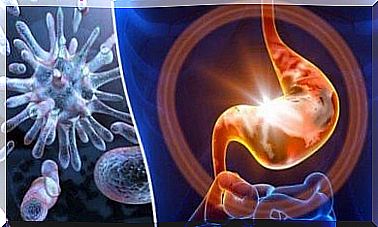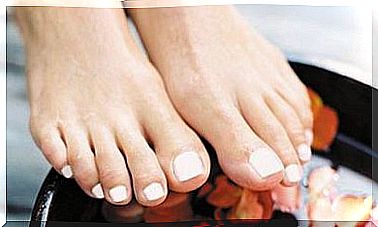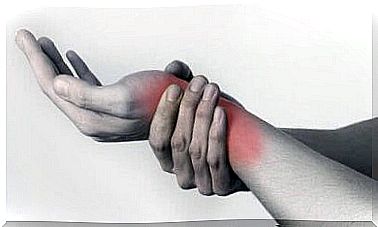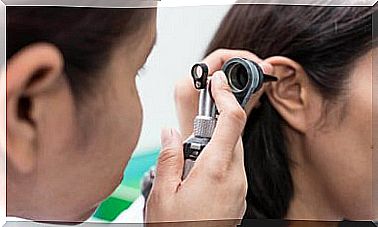Alopecia Areata – Causes, Symptoms And Treatment
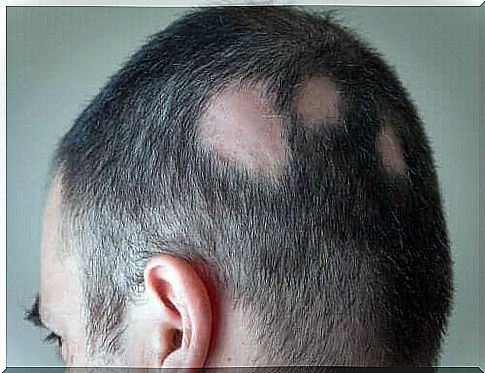
Alopecia areata is not a threat to life or health, but it does affect the quality of our hair. In this article, we will provide you with the most important information about this disease.
It is not an obvious pathology, but it is known in the recesses of medicine. Unfortunately, the etiopathogenesis of his problem has not yet been established. It is talked about as part of the dermatological specialty. Other consultations about this ailment are not so common.
Alopecia areata – the most important information
The disease is the loss of hair in a specific part of the body. The most affected area is the scalp, but the discomfort may also manifest itself, for example, on the chin or in the hair of the arms and legs.
It can also affect children, especially if similar disorders occur in close family members (e.g. parents).
Importantly, there is also a relationship with stressful situations. Some patients develop alopecia areata after going through a difficult period in their life and having a trauma, such as the death of a family member, chronic illness, or an accident. However, these are not the most common causes.
Types of ailments
There are several types of alopecia areata in medicine. So, below we present the classification of the most common varieties:
- Focal alopecia areata : This is the most common form of hair loss in only one area of the body.
- Multifocal alopecia areata : affects more than one area of the body.
- Generalized Alopecia areata: Affects all or nearly all of the hair on the head, causing general alopecia.
- Complete: in addition to the symptoms on the scalp, the condition extends to the eyebrows, lashes and armpits.
- Diffuse : This is hair loss that is not in a specific region but attacks in a diffuse manner.
With dark hair, the condition takes on a special dimension. Hair loss then resembles a bit of gray hair, giving the impression that the person has turned gray – overnight.
Alopecia areata – causes
Unfortunately, scientists have still not provided us with accurate information on the origin of alopecia areata. It is assumed to be an autoimmune disease, that is, the body mistakenly attacks parts of its own body.
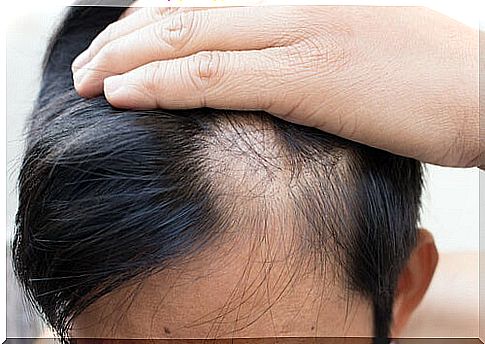
When a hair follicle is attacked, the hair falls out and loses its support and food source. Histopathological examinations of the affected persons revealed a significant inflammatory process in the affected areas.
White blood cells build up around the hair follicles, stopping their growth. Hair loss is an expected consequence of this inflammation.
Patients struggling with alopecia areata are very often burdened with other autoimmune diseases. We can mention diseases such as rheumatoid arthritis or celiac disease.
Sometimes hair loss is the first symptom of other diseases. Some time later, the disease that was in the background becomes fully visible. Therefore, we should not underestimate this problem. As we mentioned, researchers suspect that alopecia is autoimmune in nature.
The most common symptoms accompanying alopecia
Alopecia areata should not and is unlikely to cause pain, burning or itching. Hair loss is the only symptom in the forms typical of this disease. There should also be no reddening of the affected area or peeling of the skin.
It is worth remembering that the only symptom is hair loss. This will help you to distinguish your disease from other conditions. There are various forms of baldness, some of them are accompanied by pain or visible inflammation and redness.
Other areas that may be affected are: beard, eyebrows, eyelashes, hair on the legs and arms, and pubic hair. Since the nails have a common embryonic origin with the hair, sometimes nail brittleness is added as a symptom, with cracks and fractures.
In its total form, which leads to hair loss all over the scalp, the evolution is relatively rapid. Sometimes only 6 months pass from the first patches to complete baldness .
Alopecia areata – possible treatment
Patients tend to lower their self-esteem. Out of embarrassment and shame, they often reduce their social interactions, hide in their loneliness.
In many cases, regeneration occurs automatically. Even without treatment, within a few months, the hair follicle is functioning properly again and the bald area will recover. It is estimated that half of patients recover all affected hair within a year, or even a little faster.
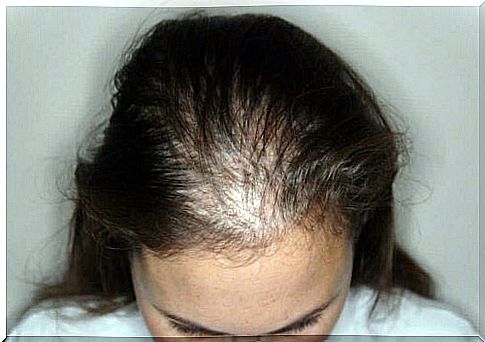
However, when the form of baldness is particularly intense – consultation with a specialist and treatment under the supervision of a doctor is recommended. In about 10% of cases, the disease may be more severe and lead to total or generalized alopecia. Worse prognosis concerns patients with coexisting autoimmune diseases.
How long such treatment should last is unknown. However, treatment is needed until the effects are reversed. It will be up to the attending physician to decide.
Currently, the following forms of treatment are available:
- Topical medications: products containing substances such as minoxidil, antralin or corticosteroids. Most often they come in the form of creams.
- Corticoid injections : These are applied directly to the affected skin.
- Ultraviolet irradiation.
- It is estimated that the most effective treatment is with DCP and other contact allergens.
